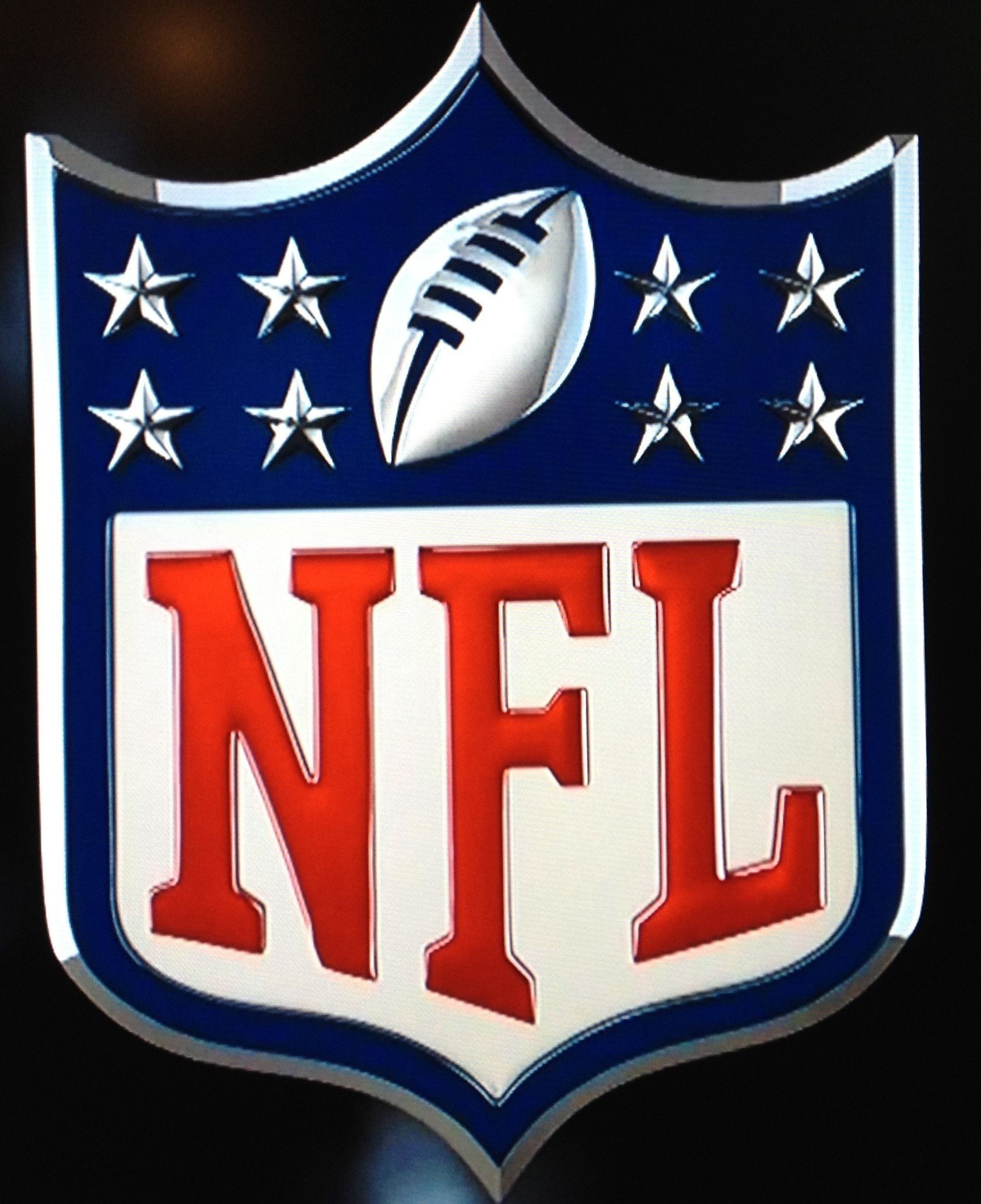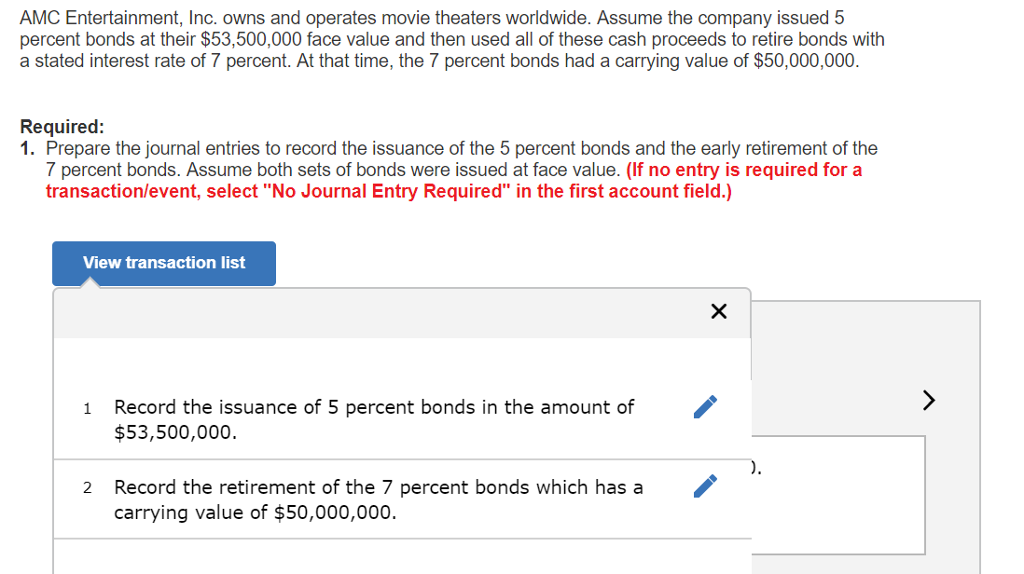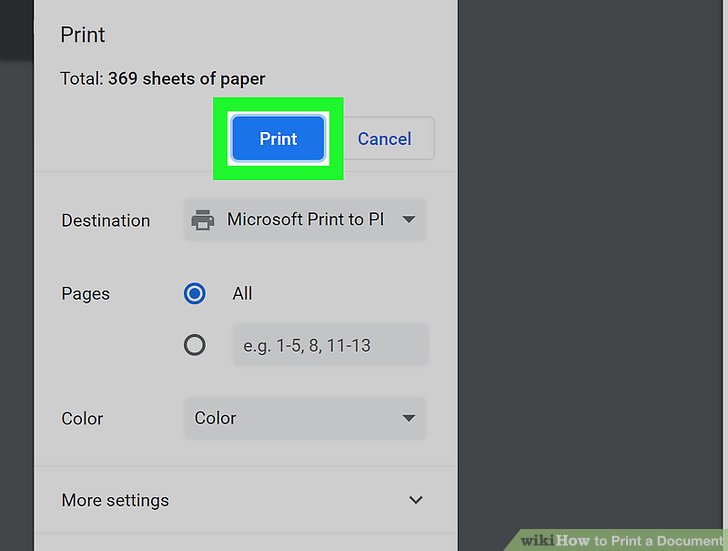Understanding SSP in Sports Cards: Rarity, Value, and How to Identify Super Short Prints
Introduction: The Significance of SSP in Sports Cards
In the world of sports card collecting, rarity is king. Among the most coveted items are SSP , or Super Short Print cards. These cards are known for their extreme scarcity and the significant buzz they create among collectors. But what does SSP really mean in the context of sports cards, why do they matter, and how can you identify or obtain them? Understanding the nuances of SSPs can dramatically impact your collecting strategies, whether you’re a seasoned investor or a hobbyist seeking that elusive card to complete your set.
What Does SSP Mean in Sports Cards?
SSP stands for Super Short Print . In the hobby, this term is used to describe cards that are produced in extremely limited quantities-far fewer than typical short print (SP) cards. While there is no universal print run that defines an SSP, the term commonly refers to cards with print runs as low as 5 to 300 copies, with the most exclusive examples often being 25 or less in number [2] . SSPs are often image variations, inserts, or special parallels that feature unique artwork, foil treatments, or other distinguishing characteristics. Their scarcity makes them highly valuable and sought after by collectors.
Why SSP Cards Are So Valuable
The primary reason SSP cards command attention and high prices is their rarity. Because there are so few in existence, demand far outstrips supply, especially for popular players, rookies, or iconic moments. SSPs often hold their value better than standard inserts or parallels, particularly if they feature a superstar athlete or a significant variation [1] . For example, Donruss Animation and Prizm Prizmania are modern inserts widely regarded as genuine SSPs and are tracked by how few have been graded or found on the secondary market.
How SSP Differs from SP, Parallels, and Base Cards
It’s important to distinguish SSP from other common terms:
- SP (Short Print) : These cards are also produced in lower quantities than base cards but are not as rare as SSPs. SPs may have slightly different images or design elements [3] .
- Parallels : These are variations of base cards with different colors, finishes, or serial numbers, but may not be short printed at all.
- Base Cards : The most common cards in any set, produced in the highest quantities.
SSP is a step beyond SP in terms of rarity, and collectors generally reserve the term for cards with extremely low print runs or those that are exceptionally challenging to find [4] .
How to Identify an SSP Card
Spotting SSPs in the wild can be tricky, as manufacturers may not always clearly label them. Here are practical steps to identify SSPs:
- Check the Card Number and Set Checklist: Many SSPs have unique card numbers, which can be verified against the official set checklist published by the card manufacturer. Look for designations like “SSP,” “Super Short Print,” or similar notes in the checklist.
- Look for Image Variations: SSPs often feature alternate images or artwork compared to their base or SP counterparts. Compare your card to the standard version to spot unique features [3] .
- Review Product Odds: Manufacturers print odds for finding SP and SSP cards on hobby box packaging. This gives a sense of how rare these cards are, though actual pack odds may vary [4] .
- Identify Serial Numbers: Some SSPs are serial numbered, often to 25 or fewer. However, not all SSPs are numbered, so this is just one indicator [2] .
-
Use Online Resources and Databases:
Resources like
Beckett
,
eBay
completed listings, and graded card population reports can help verify a card’s rarity. If you notice only a few examples on the market or grading population reports, it may be an SSP [1] . - Check for Code Variations: On the back of many cards, small serial or code numbers can reveal if a card is an SP or SSP. Learn the base code, and then compare your card’s code to the published list for that set [5] .
Always consult the manufacturer’s official website or checklist for your specific set. If you are uncertain, you can search for the set name and year plus “SSP checklist” to find collector forums and manufacturer information.

Source: woodwardenglish.com
Examples of SSP Cards and Their Impact
Many modern sets feature SSP cards. For example, Panini’s “Kaboom!” and “Color Blast” inserts, Topps’ “Golden Mirror” image variations, and Donruss “Animation” are widely recognized as SSPs. These cards often fetch premium prices on the secondary market, with certain examples selling for thousands of dollars if they feature top rookies or superstars [1] . Case studies from recent years show collectors who pulled an SSP from a retail or hobby box often see an immediate value spike for that card, especially if it is graded highly by companies like PSA or BGS.
Step-by-Step: How to Find and Verify SSP Cards
Finding and verifying an SSP card involves a multi-step approach:
- Research the Set: Before opening packs or buying singles, research which sets and years are known for SSPs. Manufacturer websites, hobby forums, and trusted card marketplaces often publish SSP checklists and rarity information.
- Examine Your Cards Carefully: When opening packs, inspect each card for image or code variations. Use magnification if necessary to spot subtle differences.
- Compare to Known Checklists: Cross-reference your card’s number, image, and code with published checklists or databases. Official manufacturer checklists are the most reliable source.
- Check Grading Population Reports: PSA, BGS, and other grading companies publish population reports. If very few of a particular card have been graded, it could indicate SSP status.
- Consult Hobby Communities: If in doubt, share images and details on collector forums or social media groups. Experienced collectors can often identify SSPs from images and serial codes.
- Look Up Recent Sales Data: Use platforms like eBay to search for recent sales of your card. SSPs often show up in completed listings with high prices and “SSP” in the description.
If you need official confirmation, you can contact the card manufacturer directly through their customer service channels. Search for the official Panini America or Topps customer support portals and submit your inquiry with detailed card information.
Challenges in Identifying and Collecting SSPs
While SSPs are among the most desirable cards, they can be difficult to identify and even harder to obtain. Some challenges include:
- Lack of Labeling: Not all SSPs are clearly marked, leading to confusion.
- Varying Definitions: The definition of “Super Short Print” can differ between manufacturers and even among collectors [2] .
- Market Overuse: The term “SSP” is sometimes used too liberally in online listings, particularly on eBay, where sellers may label rare inserts as SSPs without confirmation.
- Risk of Counterfeits: High-value and rare cards are sometimes targets for counterfeiting. Always buy from reputable sellers and, whenever possible, seek professionally graded examples.
To mitigate these challenges, always verify card information using official manufacturer sources, grading company reports, and trusted hobbyist communities. When buying, choose reputable dealers or established online platforms with buyer protection.
Alternative Approaches for SSP Collectors
If you find SSP cards out of reach due to scarcity or budget, consider these alternatives:
- Chase SP Cards: Short Prints are less rare but still desirable and often more affordable.
- Collect Parallels or Inserts: Many sets feature visually striking inserts or parallels that, while not SSP, can be a valuable part of your collection.
- Focus on Player or Team Collections: Rather than chasing rarity, build a personal connection by focusing on your favorite athletes or teams, including base, SP, and insert cards.
Engaging with collector communities, both local and online, can also enhance your collecting experience and help you stay informed about new SSP releases, set checklists, and collecting best practices.
Summary and Key Takeaways
SSP or Super Short Print cards represent some of the rarest and most valuable finds in sports card collecting. Their limited production, unique attributes, and high demand make them a top target for collectors and investors alike. By learning how to identify, verify, and source SSP cards, you can elevate your collecting journey and potentially add significant value to your collection. Always use verified manufacturer checklists, population reports, and reputable sellers to ensure authenticity and maximize your collecting success.

Source: pinterest.com.mx
References
- [1] Every Card a Story (2024). How to tell if a card is really SP or SSP.
- [2] YouTube – Spitballin’ Cards (2024). What Are SSPs-Everything You Need To Know!
- [3] Cardlines (2021). How do You Identify a Short Print (SP), and What is It Anyway?
- [4] Boiling Springs Sports Cards (2023). Short Print Cards In Hobby Boxes: How to Spot Them.
- [5] YouTube – How to Find & Identify SHORT PRINT (SP) Baseball Cards!!! (2024).
MORE FROM couponnic.com













